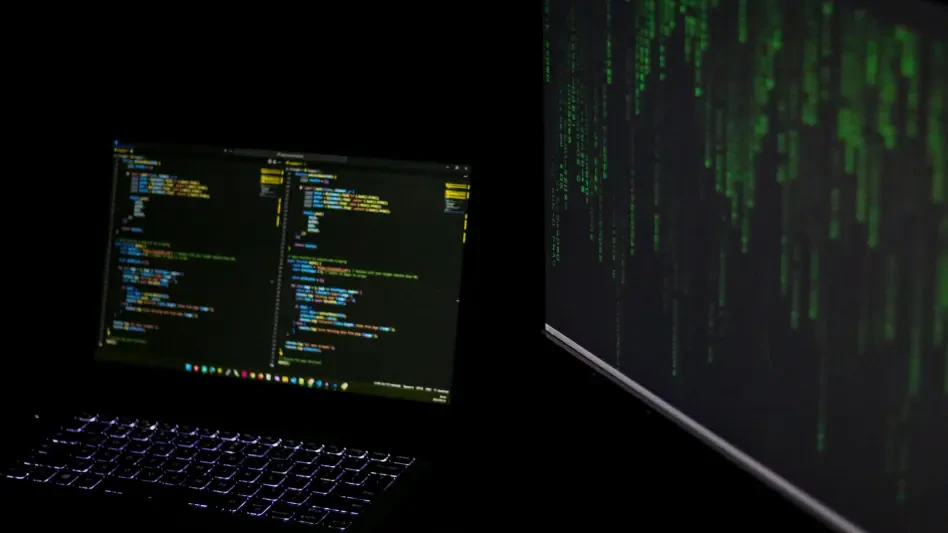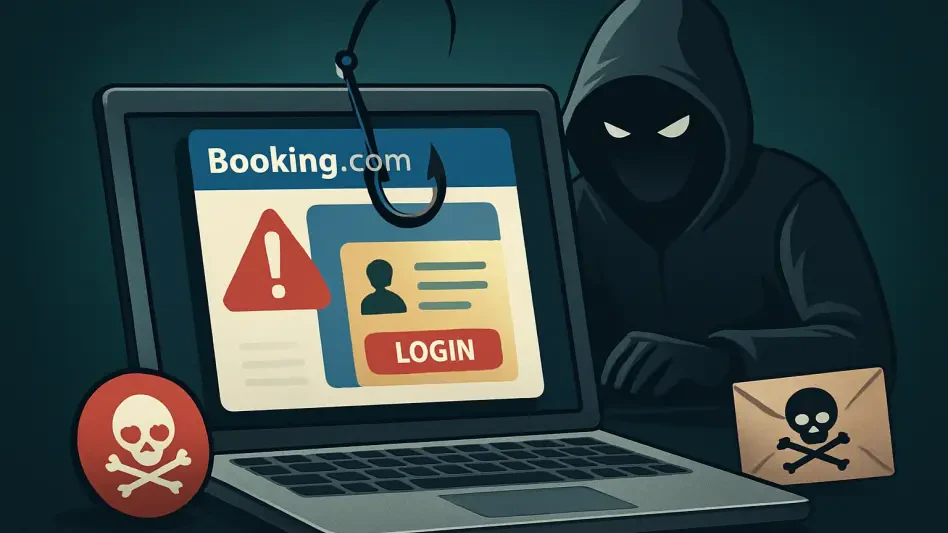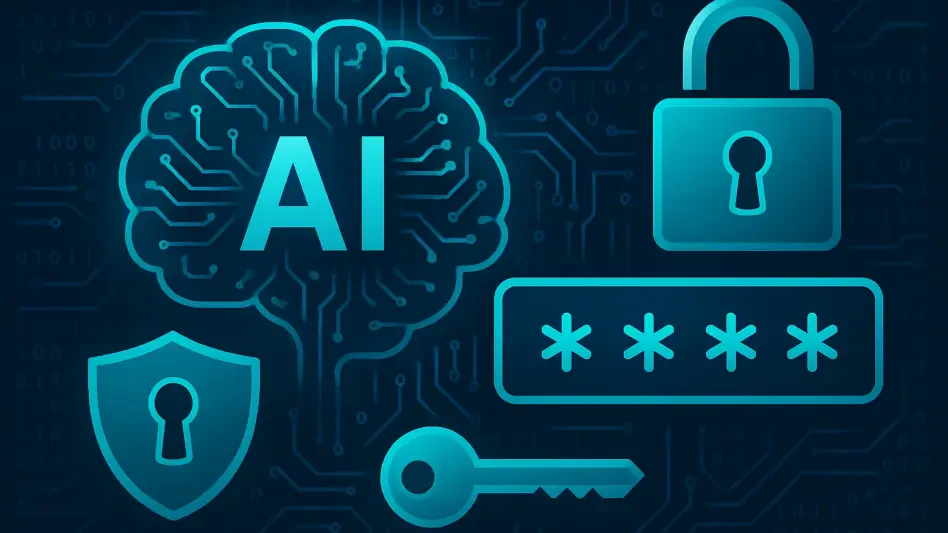Educational institutions have become increasingly vulnerable to cybersecurity threats, facing challenges in safeguarding sensitive data and financial assets against sophisticated attacks. For instance, the Excelsior Springs School District recently dealt with a serious breach caused by a phishing scheme, which resulted in the loss of substantial funds. This incident underscores the escalating importance of implementing robust cybersecurity measures within schools. Addressing these threats necessitates a strategic approach involving technological advancements, staff training, and procedural changes. Schools must proactively enhance their strategies to mitigate risks and protect their digital environments. With technology continuously evolving, educational institutions must stay ahead to ensure their cybersecurity defenses are effective and resilient against emerging threats.
Implementing Advanced Security Measures
In response to the growing cybersecurity challenges, many schools are adopting advanced security protocols to safeguard their systems and data. The Excelsior Springs School District, for example, has reinforced its cybersecurity framework by incorporating multi-verification processes for payment changes, requiring approvals from various personnel to minimize the risk of future fraudulent activities. Schools often deploy two-factor authentication systems, which offer an added layer of security by requiring users to provide two separate forms of identification before gaining access. Additionally, they emphasize password security by mandating more complex password requirements, such as a minimum of 14 characters, to strengthen access controls. Schools also carry out regular assessments and update their security software to address newly identified vulnerabilities, employing tools like web filters and endpoint detection software to shield their networks from potential intrusions. By continuously enhancing these measures, schools aim to stay ahead of cyber threats and safeguard their digital environments effectively.
Training and Awareness Programs
While technological defenses are crucial, education and training play a vital role in cybersecurity. Schools are increasingly recognizing the value of educating their staff and students on the principles of digital security. The Excelsior Springs School District, for instance, plans to conduct face-to-face sessions to promote email safety and best practices among staff. Regular cybersecurity training sessions are essential to equip individuals with the knowledge required to identify, respond to, and mitigate potential threats. By fostering a culture of awareness, schools can ensure that their communities are well-versed in recognizing phishing attempts and other malicious activities, significantly reducing the likelihood of successful cyberattacks. Furthermore, specialized courses and workshops can enhance the proficiency of technical staff, enabling them to manage cybersecurity protocols more effectively. This holistic approach strengthens the entire educational environment’s resilience against attacks and empowers individuals to contribute to maintaining a secure digital landscape.
Proactive Monitoring and Threat Intelligence
Schools are incorporating proactive measures and threat intelligence into their cybersecurity strategies. This involves continuous monitoring of networks for abnormal activities, enabling swift identification and response to potential breaches. Excelsior Springs School District actively monitors its networks and employs secure platforms like Gmail’s phishing protections, Sophos endpoint detection, and Securly web filtering, ensuring devices operate safely within a controlled environment. Vigilant monitoring allows educational institutions to promptly detect and address malicious activities, thereby mitigating risks before significant damage occurs. Additionally, subscribing to cybersecurity intelligence services provides insights into emerging threats, enabling schools to adapt their defenses accordingly. By maintaining an informed stance on the latest intelligence, schools can dynamically adjust their cybersecurity protocols to counter evolving threats, minimizing exposure to vulnerabilities. This proactive approach is integral to maintaining long-term security and involves continuous adaptation to stay ahead of threat actors.
Lessons from Experience
In the face of escalating cybersecurity threats, schools are enhancing their digital safety measures to protect critical systems and sensitive data. An example is the Excelsior Springs School District, which has fortified its security protocols by implementing multi-verification procedures for payment changes, requiring multiple personnel approvals to counteract potential fraud. Institutions are commonly employing two-factor authentication, adding an extra layer of security by requiring two distinct identification methods before granting access. They stress the importance of password security, mandating more complex requirements such as a minimum of 14 characters to ensure robust access controls. Regular security evaluations help schools update their software to combat emerging vulnerabilities, utilizing tools like web filters and endpoint detection software to defend networks against breach attempts. By continually refining these security strategies, schools endeavor to proactively address cyber threats and maintain secure digital environments.








